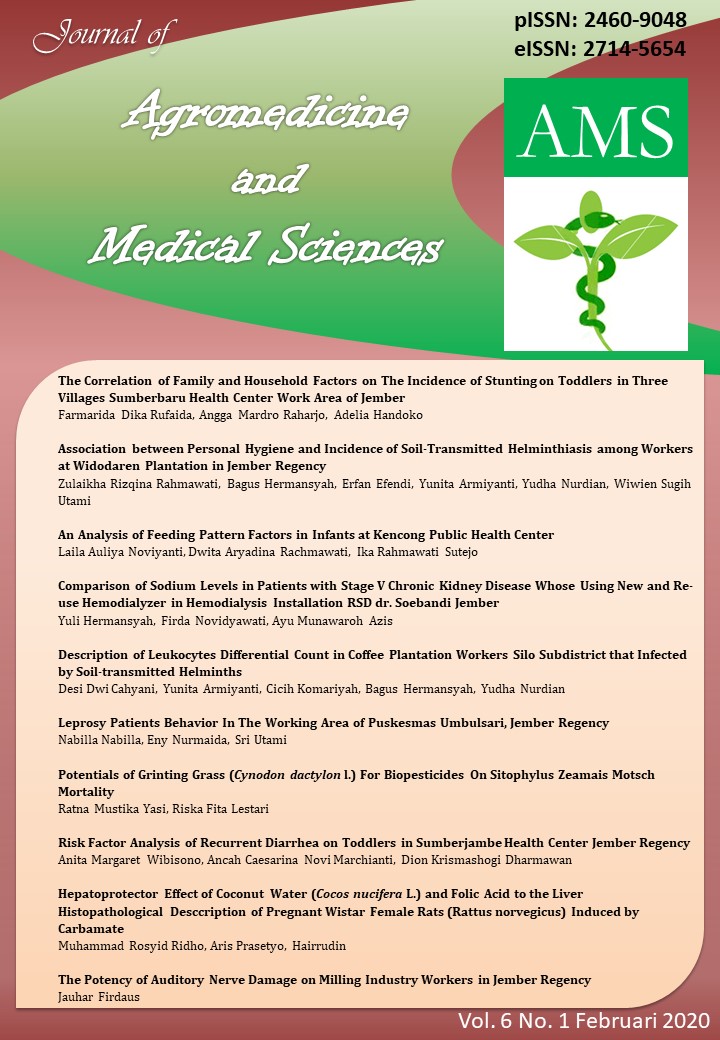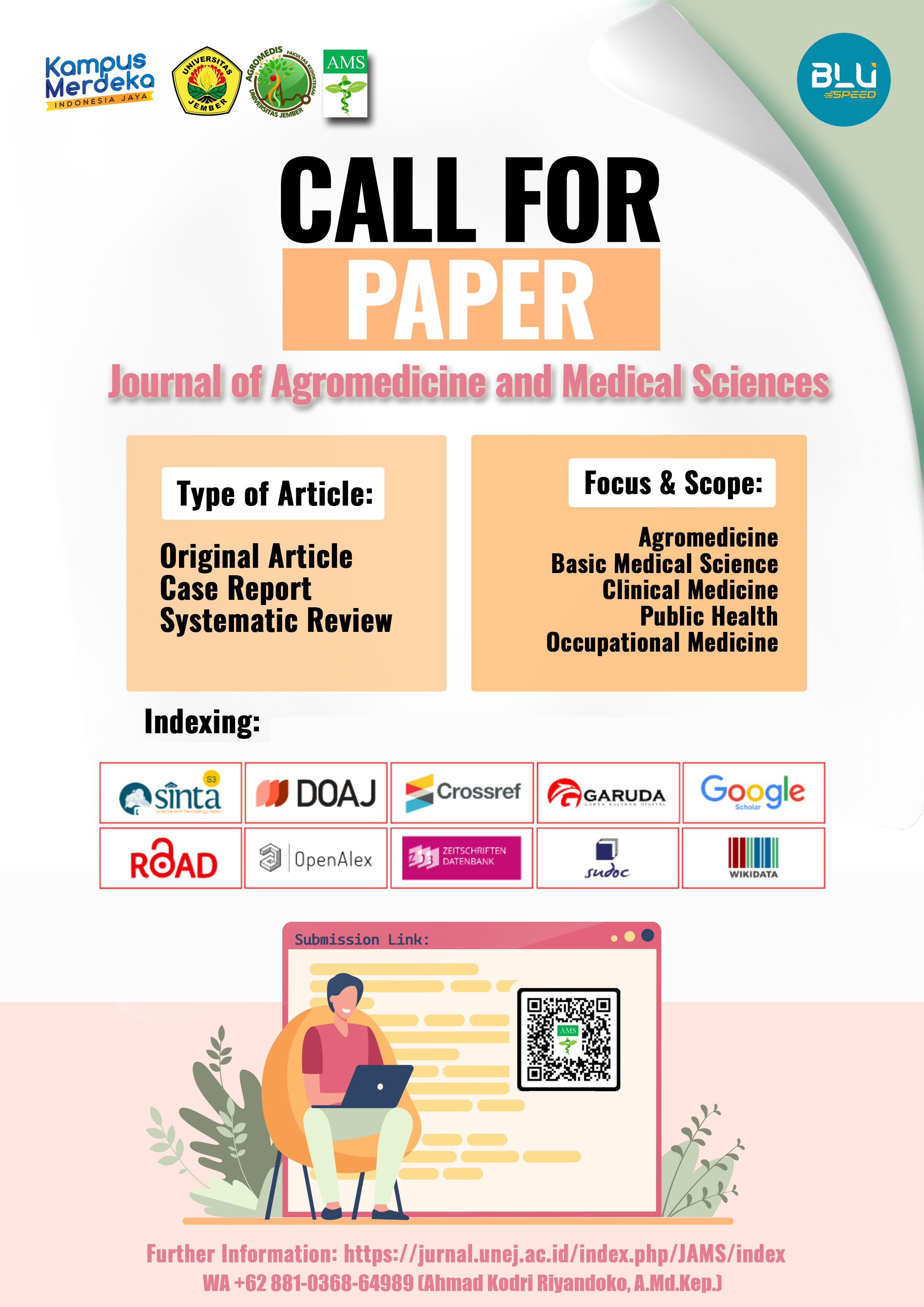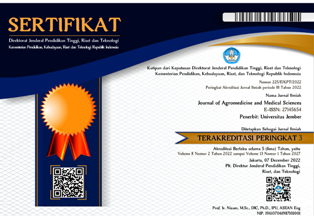Potentials of Grinting Grass (Cynodon dactylon l.) For Biopesticides On Sitophylus Zeamais Motsch Mortality
Abstract
Corn is one of the cereals that has strategic and economic value and has the opportunity to be developed. The attack of the Sitophilus Zeamais Motsch species becomes one of the obstacles in the process of storing corn. This study aims to develop the potential of plant biopesticides from grinting grass to control the warehouse pests of Sitophilus Zeamais Motsch. This research is a laboratory based experimental study. The independent variables in this study were the gram weight of grinting grass extract and the number of Sitophilus Zeamais Motsch pests. The dependent variable in this study was the mortality of Sitophilus Zeamais Motsch. Grinting grass extract is obtained using maceration method. Qualitative and quantitative tests were carried out to test the active compound content of grinting grass. Vegetable biopesticide toxicity tests were carried out using a completely randomized design. The results showed that variations in the weight of grinting grass affect the content of chemical compounds present in the grass. Based on UV-Vis and FTIR spectra, the content of polyphenols, alkaloids, flavonoids, terpenoids, steroids, and saponins contains 20 gr / 100 mL, there are flavonoids as much, 2.38 mg / mL, saponins as 2.04 mg / mL, alkaloids as much as 1.79 mg / mL, polyphenols 3.15 mg / mL, steroids as much as 2.24 mg / mL and terpenoids as much as 3.15 mg / mL. Based on qualitative tests the active compound is evidenced by changes in color and deposition. While based on pest mortality tests, it was found that almost 50 percent of grinting grass extract can kill corn pests within a period of 7 days of observation with an extract concentration of 800 ppm.
Key words: Biopesticides, Grinting Grass, Uv-Vis








_ENG1.png)
_ENG1.png)



















